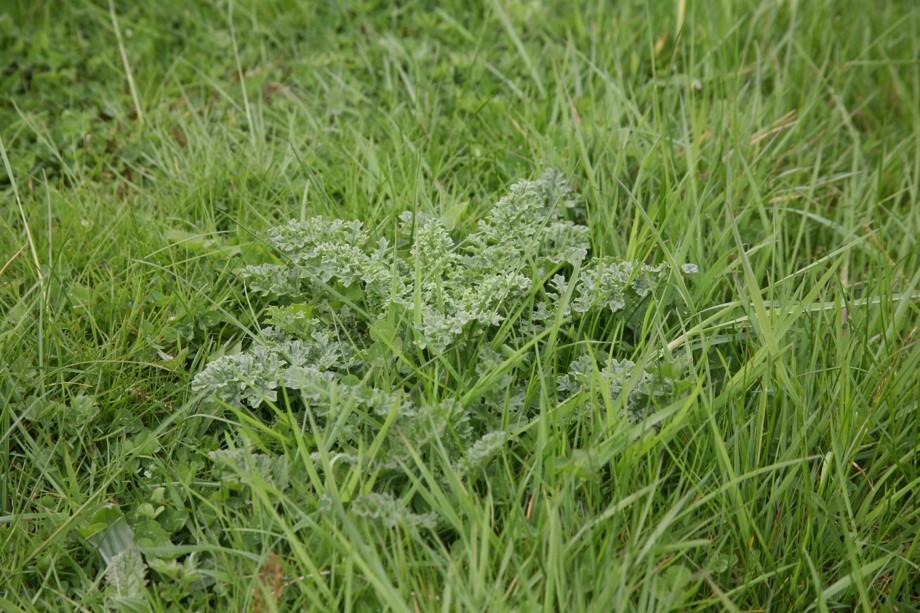Get a 24 hour weather forecast

Ragwort (Senecio Jacobea) also known as ragweed, buachalán is poisonous in the green and preserved state and has been responsible for many animal fatalities. Ragwort is listed as one of many noxious weeds in the Noxious Weeds Act. It is also a biennial plant (lives for two years). Ragworts poisoning can also show symptoms such as tenesmus, hind limb weakness and severe animal pain according to the Department of Agriculture.
Normally animals don’t eat ragwort in pastures unless grazed grass availability is extremely restricted. An animal must consume up to 12 % of the animal’s body weight in the weed to cause severe problems. Ragwort becomes more palatable to animals when cut or sprayed, as this releases sugars in the plant. Most fatalities occur where there is a mixture of ragwort finely chopped in hay or silage where cattle are forced to eat this palatable ragwort.
At smaller infestation levels, pulling of ragwort can be a successful control option. For larger infestation numbers, sprays such as MCPA, 2, 4-D (D50) and Forefront provide good control but measures must be taken to avoid stock eating any dying or dead ragwort present.
The key points in chemical Ragwort control include:
• The best time to spray ragwort is at the rosette stage, roughly around half the size of a rugby ball
• The larger the ragwort the longer it takes for the carcase to rot down and not be cut in silage/grazed
• Avoid spraying once the plant becomes stemmy
• Ensure the plant is actively growing
• Spray in the Spring (February to Mid-March) or late Autumn (September to Mid-November)
• Ensure that the plant is fully decayed into the soil before grazing again (usually 5 to 6 weeks).
The best spray options are in the table below, note no spray control option is clover safe. Forefront T can only be used on grazing ground.
| Spray | Rate | Water Rate | Note |
| 2,4-D (D50) | 3.3L/ha | 250L/Ha | |
| Forefront T | 2.0L/ha | 300L/Ha | To be sprayed on grazing ground only |
| Lupo | 4.0L/ha | 200L/Ha |